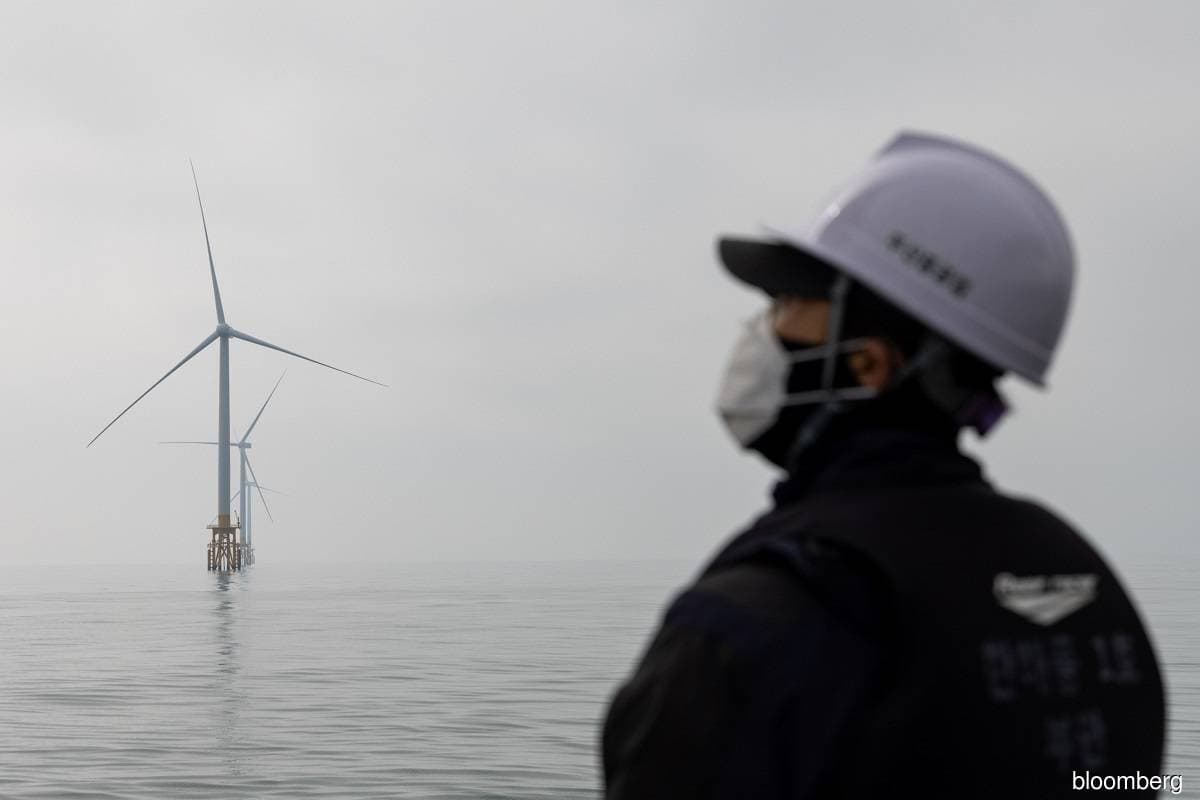
KUALA LUMPUR (April 30): The offshore wind industry’s global installed capacity is set to exceed 250 gigawatts (GW) by 2030, driven by a surge in coming projects, according to Norway-based independent energy research and business intelligence company Rystad Energy.
In a statement on its website yesterday, Rystad said the combined capital and operational expenditure (capex and opex) for the decade is set to add up to US$810 billion (about RM3.32 trillion), signalling an increasing shift of investments from oil and gas (O&G) to renewable energy technologies.
Offshore wind power or offshore wind energy is the use of wind farms constructed in bodies of water, usually in the ocean, to harvest wind energy to generate electricity.
The firm said the cumulative installed capacity of global offshore wind projects climbed to 33GW in 2020 — a significant achievement for an industry that had nearly tripled its size since 2016.
Rystad said it expects the world’s installed capacity to hit an estimated 109GW by 2025 and rise further to 251GW by 2030, growing by 22% a year on average.
'Boost in capacity will involve steep increase in global spending'
Rystad estimates that total expenditure will amount to US$56 billion in 2021 as almost 13GW of capacity is expected to be commissioned, lifting the cumulative global installed capacity to 46GW.
It forecasts yearly spending to continue to rise to US$126 billion in 2030 after a short-lived dip in 2022 and 2023.
“Capex today accounts for 95% of total expenditure, with opex representing only 5%.
“The capex share is expected to decline to about 80% by 2030 as all the new installed capacity will require more operational spending to run and maintain.
“In fact, 2030 will be the year of the inflection point when offshore wind capex will be on a par with offshore oil and gas greenfield capex (excluding exploration work) at about US$100 billion,” it said.
Rystad offshore wind analyst Petra Manuel said the colossal level of investments anticipated in the offshore wind industry this decade reflects ambitious targets set by companies and governments alike.
“As the market matures and economies of scale are achieved, investments could surge further, sparking an even higher installed capacity,” said Manuel.
